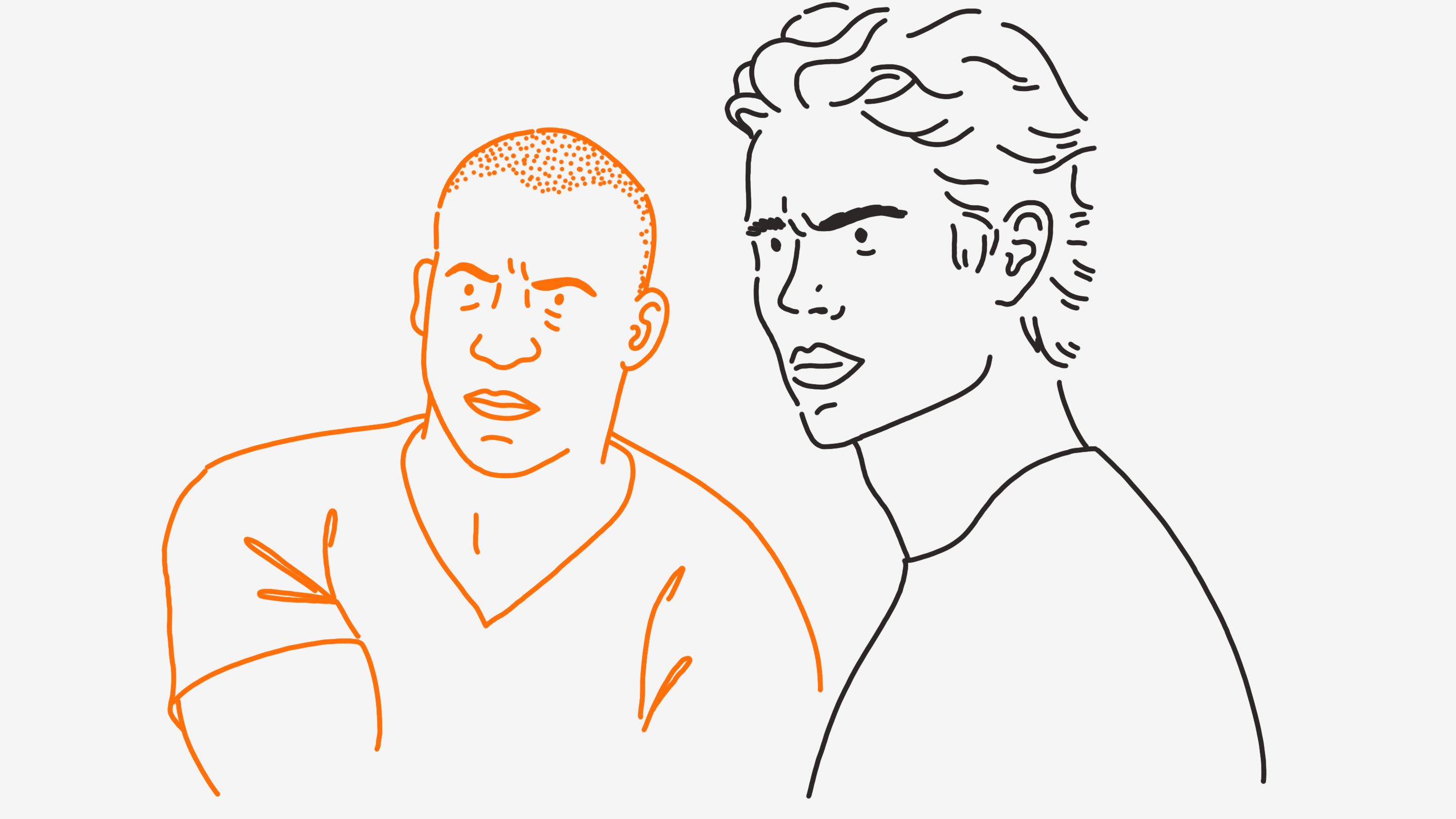The “Fast and Furious” movie franchise is known for souped-up rides and extreme stunts. But how easy would it be to insure all those cars in real life?
Vin Diesel’s Dom Toretto and his motley crew of street racers, hackers and spies zoom through the streets of Los Angeles, Miami Tokyo, Rio de Janeiro, Abu Dhabi and one frozen lake in Russia over the course of the franchise’s eight films and one spin-off.
The main characters spend a lot of time stealing cars, racing cars and driving cars underneath other cars. But what we don’t see in the films is Dom’s crew sitting down to apply for car insurance (even though getting car insurance is a quick and easy process).
How hard would it be to get car insurance for the 'Fast and the Furious' cars?
Considering the dangerous driving stunts Dom and the gang pull off (like driving a car off of a speeding train), you’d think they’d want to protect their vehicles from damage and themselves from the financial liability of any destruction they cause.
The crew would need liability coverage to repay the victims of their capers for damages to their homes, cars and various other property. And in California, Florida and New York, where some of the films take place, a minimum car insurance is required by law.
But it will probably surprise no one that the “Fast and the Furious” gang would have trouble finding car insurance coverage to suit their very specific needs. For starters, there are the cars. Some of the cars featured in the movie are standard vehicles that have been customized with wild paint jobs and super-powered engines, while others are high-performance “supercars.”
“In a real life scenario it would be difficult to get insurance for a customized car,” because any custom-additions would need extra coverage, said Christina Lozano, Policygenius home and auto expert.
“It wouldn’t be impossible, just very, very expensive,” she said.
How specific cars would be covered
Take the Volkswagen Touran, a European-market Volkswagen van that appears in “The Fast and the Furious: Tokyo Drift." Driven by Bow Wow’s character Twinkie, the van is painted in Hulk-graphics with giant Hulk fists emerging from the sides.
The car itself wouldn’t be complicated to insure, but add in the customizations and things get a little hairier. Twinkie would have to disclose any and all modifications to the insurance carrier, and pay extra if he wanted the custom parts and Hulk upgrades to be covered by insurance too. Learn more about car insurance for modified cars.
The same goes for the bright green 1995 Mitsubishi Eclipse coup that Paul Walker’s character drives in the first “Fast and the Furious” film, or Dom’s Dodge Charger. All the modifications, including the turbocharged engines, should be disclosed to his insurance company, or else they won’t be covered.
What about the performance cars?
Some of the other cars in the films, like the uber-expensive Lykan Hypersport from “Furious 7” or the orange Lamborghini from “The Fate of the Furious,” would need car insurance from specialized carriers. Exotic and performance cars usually require specialty insurance from carriers that work with drivers of expensive, difficult-to-repair performance vehicles.
There’s also the question of how the drivers of the franchise use their cars. Throughout the franchise they’re constantly driving each other’s cars (or “borrowing” from impound lots and transports), and while pink slips do occasionally change hands, it’s awfully hard to tell who owns which vehicle. We’re guessing it would take some sorting-out to determine exactly who owns which pricey luxury ride.
Why swapping cars probably isn’t the best idea
Though the gang considers themselves a family, everyone should probably maintain their own car insurance policies.
“The ‘familia’, though they’ve shared quite a few memorable heists, car chases, plane diving, cliff diving, that should technically all have their own insurance ,” Lozano said.
A robust car insurance insurance policy might cover some of the damage from their stunts, like the extensive drifting in “The Fast and the Furious: Tokyo Drift,” or when they launch a car out of an Abu Dhabi skyscraper and crash it into another skyscraper in “Furious 7.” According to Lozano, claims from those wild rides won’t necessarily void their coverage, “but it will definitely raise their insurance if they got into any accidents during said heists come renewal time.”
When car insurance won’t cover 'The Fast and the Furious'
Car insurance policies, like other insurance policies, have exclusions, which are certain circumstances where your policy won’t cover you. Every driver should check their own policy to be clear on their exclusions. Most policies stipulate that your insurance won’t cover you for a claim if it happened during “delivery driving,” like if you were delivering a police vault or a secret computer chip. Car insurance will also exclude claims if you were doing something illegal at the time of the incident, or if you were outside of the U.S. or Canada.
That’s all bad news for the “Fast and the Furious” team, who can frequently be found doing illegal things in their cars in other countries.
But perhaps most devastating for the family: Most car insurance policies won’t cover any claim that stems from street racing, even if the racing has coordinated stunts and a great soundtrack.
Curious about how your favorite movie characters get insurance? Here are the most uninsurable Keanu Reeves characters.

